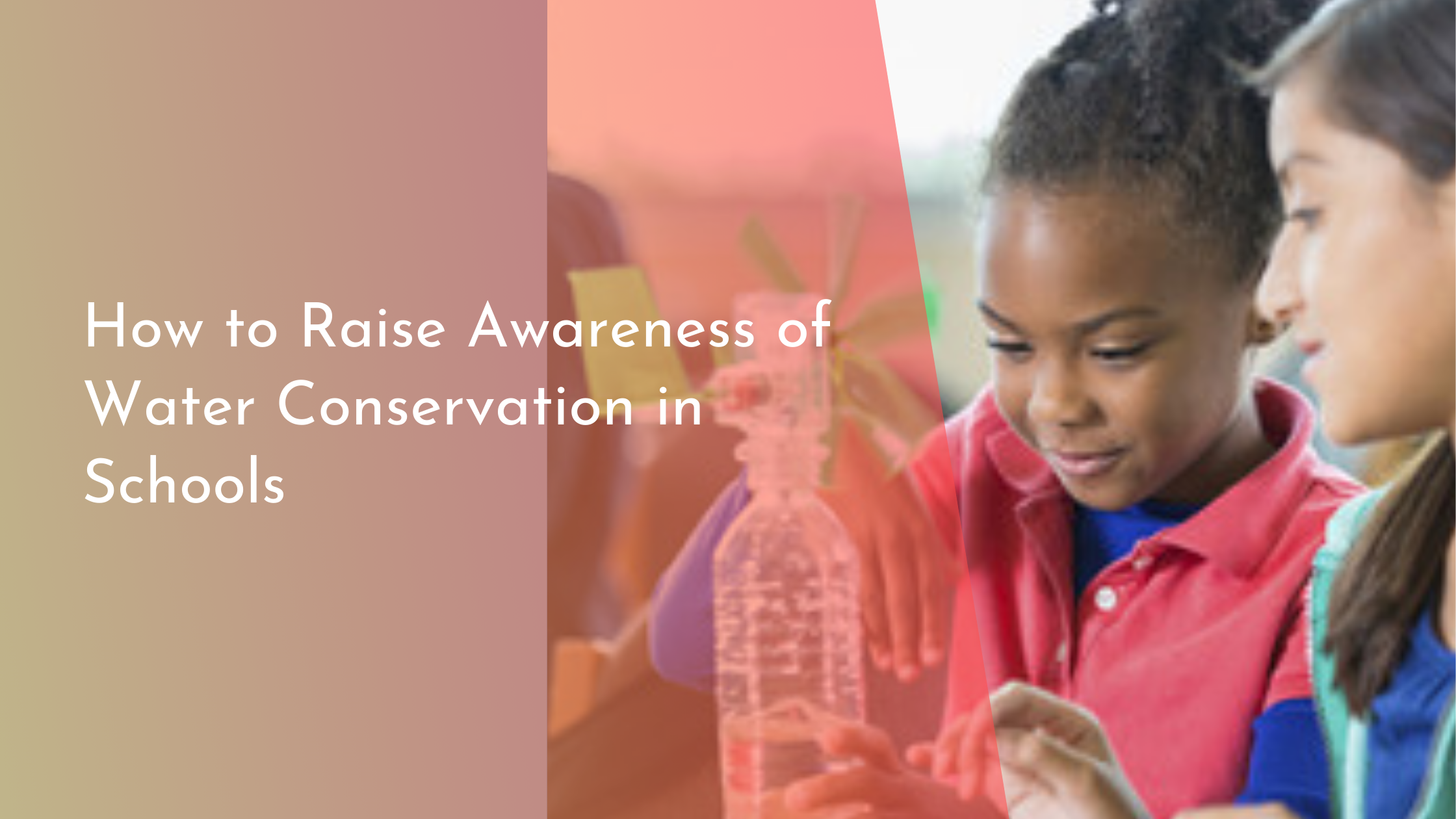How to Raise Awareness of Water Conservation in Schools
Water is one of the most precious resources on our planet, yet it is often taken for granted. Schools serve as excellent platforms to instill the importance of water conservation in the younger generation. By raising awareness about water conservation, we can foster environmentally conscious behaviors that students can carry into adulthood. This article will explore various strategies to achieve this goal within educational settings.
Understanding the Importance of Water Conservation
Water conservation is vital not only for sustaining our environment but also for ensuring that future generations have access to clean water. The increasing demand for water combined with climate change and pollution has put immense pressure on our water resources. By understanding these challenges, students can appreciate why conserving water is crucial. Schools can introduce the topic through classroom discussions, highlighting statistics and real-world consequences of water scarcity. Educators can use infographics, videos, and case studies to illustrate the global impact of water misuse and depletion.
Furthermore, understanding water conservation helps students develop a sense of responsibility and urgency to act. Schools can emphasize the ethical aspect of conservation by discussing how water scarcity affects communities worldwide, especially in developing regions. By connecting water conservation to broader social issues, students can realize that their actions have a global impact. This awareness not only informs their daily habits but also empowers them to advocate for sustainable practices in their communities.
Engaging Students Through Interactive Activities
Interactive activities are a fantastic way to engage students and make water conservation a fun, memorable experience. Schools can organize workshops where students participate in hands-on experiments that demonstrate the principles of water conservation, such as the water cycle, filtration processes, and the effects of pollution. These activities can be supplemented with interactive games and quizzes that test their knowledge while reinforcing the lessons learned.
Field trips are another effective method to engage students, allowing them to see firsthand the importance of water conservation. Visiting local water treatment plants, natural reserves, or even conducting water audits on school grounds can provide practical insights into how water is managed and conserved. These experiences not only enrich students’ understanding but also inspire them to implement conservation strategies in their daily lives, such as turning off taps while brushing teeth or using water-saving devices.
Collaborating with Teachers and School Staff
Collaboration with teachers and school staff is essential for the successful implementation of water conservation programs. Teachers play a critical role in integrating water conservation topics into the curriculum across various subjects like science, geography, and social studies. By weaving these themes into everyday lessons, teachers can create a culture of conservation within the classroom. Professional development workshops can equip educators with the necessary resources and strategies to effectively teach these concepts.
School staff, particularly maintenance personnel, can also contribute by identifying areas where water usage can be improved on campus. For example, installing low-flow faucets, fixing leaks promptly, or setting up rainwater harvesting systems are practical steps that can serve as real-life examples for students. By involving all staff members, schools can ensure a unified approach to water conservation, making it a shared responsibility across the institution.
Encouraging Community Involvement and Outreach
Community involvement is key to broadening the impact of water conservation efforts in schools. Schools can organize events such as “Water Conservation Week” where students engage in activities that extend beyond the classroom, including neighborhood clean-ups and community workshops. These events not only raise awareness but also build a sense of community spirit and cooperation, showing students the collective benefits of conservation efforts.
Outreach programs can also be established to connect with local environmental organizations and government agencies. Collaborative projects with these groups can provide students with additional resources and knowledge, further empowering them to take action. For instance, partnerships with local water authorities could lead to joint campaigns or conservation projects, such as tree planting or awareness drives, which can amplify the educational impact and inspire community-wide change.
Raising awareness of water conservation in schools is not just about imparting knowledge; it’s about inspiring a generation to become proactive stewards of our natural resources. By understanding the importance, engaging through interactive activities, collaborating with staff, and encouraging community involvement, schools can create an environment where conservation is a natural and integral part of everyday life. These efforts will not only conserve water but will also cultivate environmentally conscious individuals who are prepared to tackle the challenges of tomorrow.

